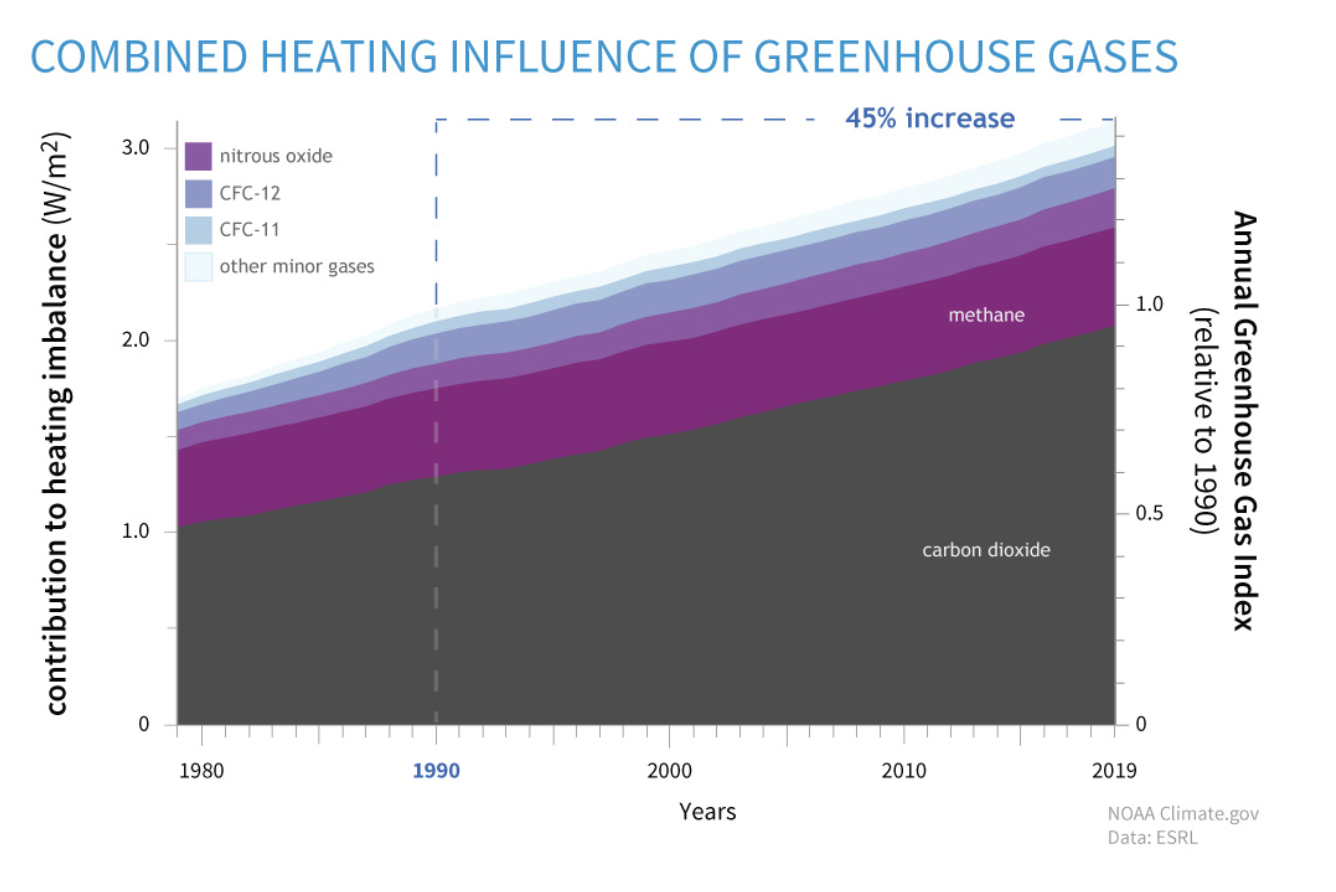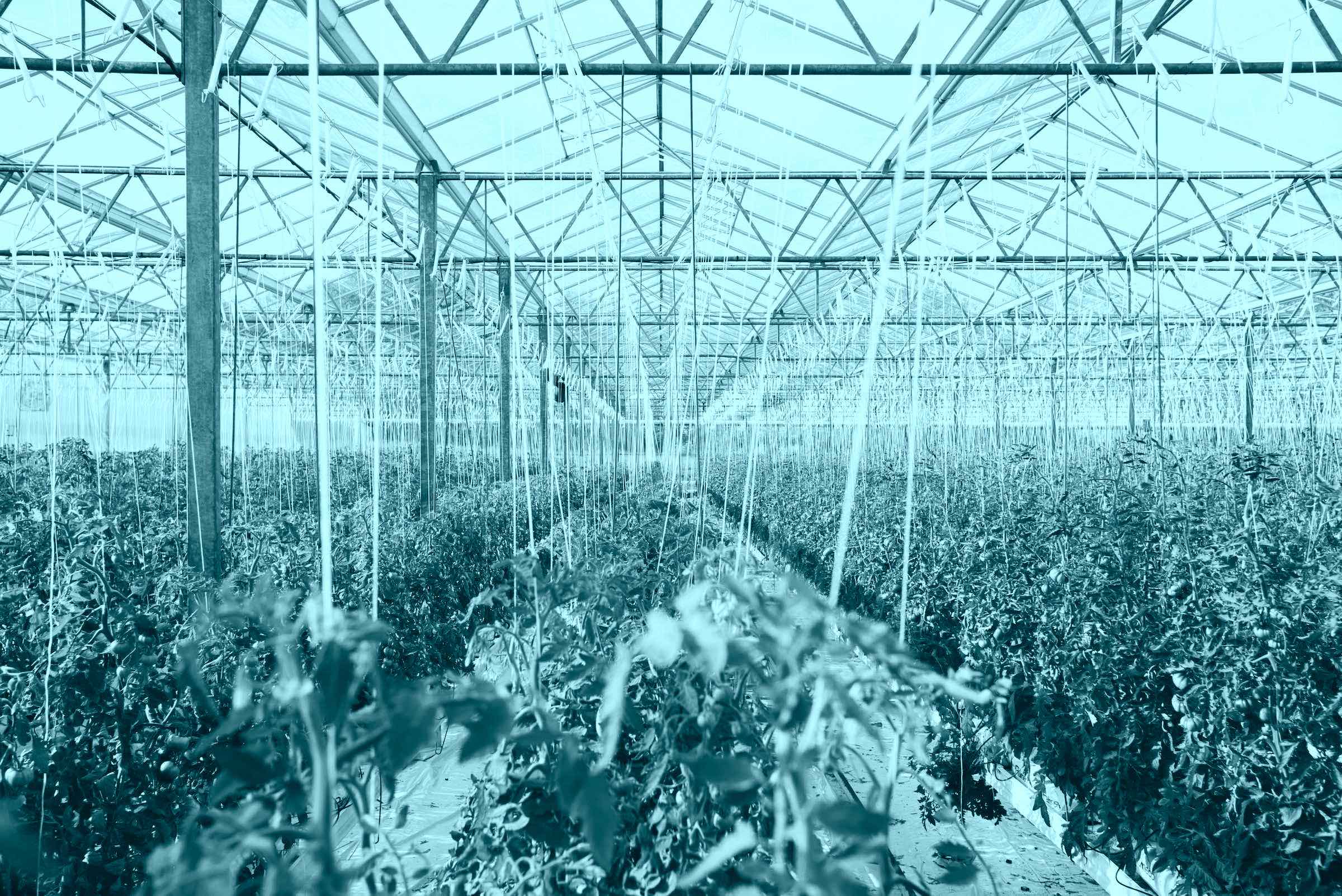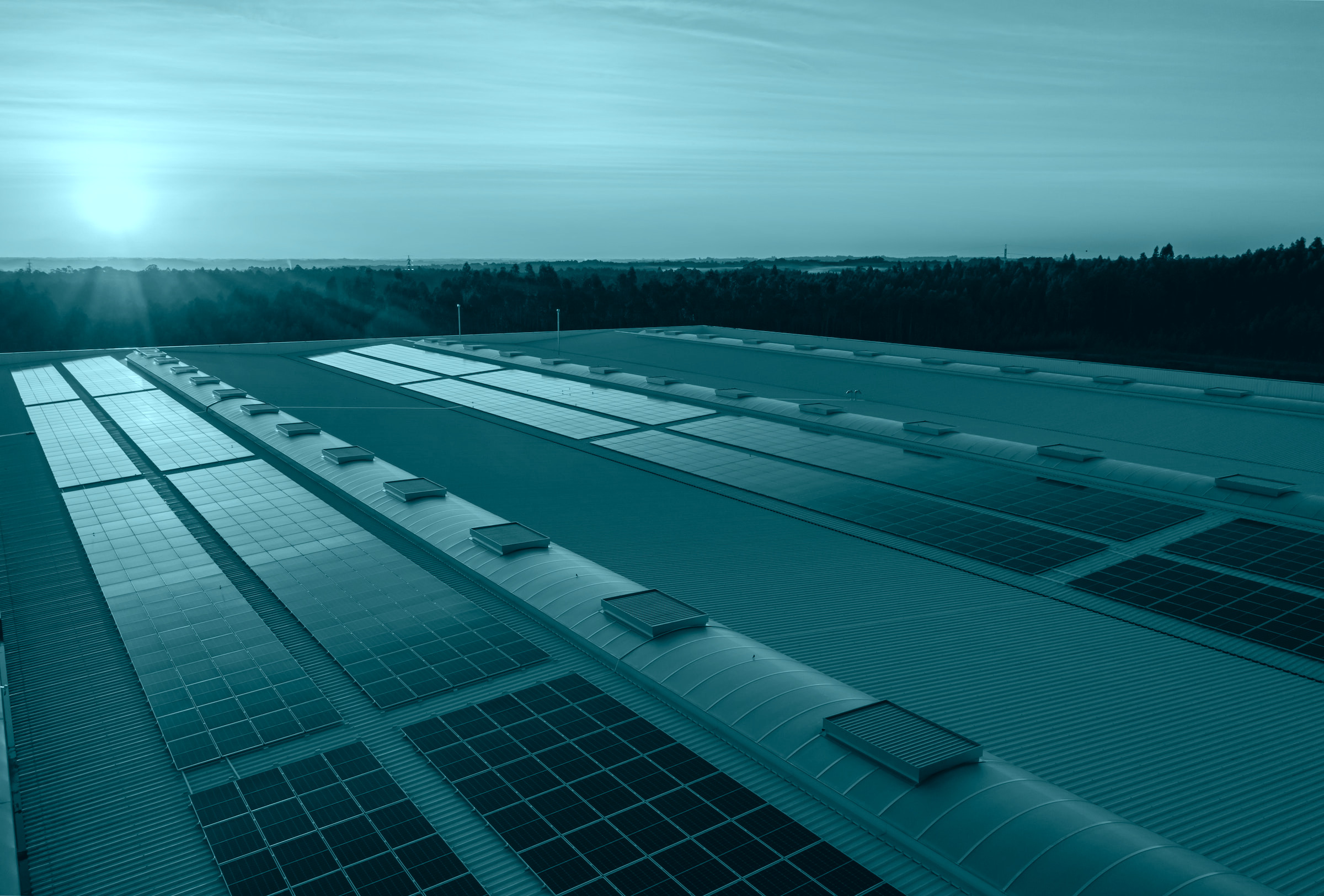In Order to meet the 1.5°C temperature increase goal set out in the Paris Agreement, global carbon emissions must reach net zero around mid-century. But, what exactly does net zero mean?
The term is central to climate negotiations and is increasingly a part of our everyday lexicon when talking about climate change. Whereas some stress that net zero is all about reducing emissions as much as possible, others emphasise its link to the removal of harmful gasses from the atmosphere. This has led to a heated debate on which aspect should be prioritised and the implications of over-reliance on carbon removal.
What is certain is that although some sectors of the economy can aspire to function on absolute zero emissions others – such as agriculture, construction or aviation for example – will inevitably continue to emit climate altering gasses for the foreseeable future.
The net zero concept takes this into account by acknowledging the possibility of achieving negative emissions – and hence removing excess amounts from the atmosphere – through a variety of strategies, whilst continuing to emphasise the need to lower emissions as much as possible.
“Negative emissions is a central part of net zero because certain emissions have to be compensated. However, the number one priority must be lowering emissions. Compensating for whatever excess we generate can’t be a substitute for reducing emissions, it has to be a parallel action,” explains CMCC researcher Lucia Perugini.
However, between 2008 and 2018 alone, global carbon dioxide (C02) emissions, the main gas responsible for global warming, increased by 12% following a trend that has seen the levels of C02 found in the atmosphere increase by over 60% since 1992.

So, how can we reach net zero in the coming decades if emissions continue to rise unabated? Policymakers are increasingly turning their attention to carbon removal strategies.
Carbon removal is achieved through a variety of methods that can be broken down into two groups: land-based approaches (such as restoring forests and boosting soil uptake of carbon) and technological approaches (such as direct air capture and storage or mineralization).
Net-zero implies a reduction of net emissions by reducing energy demand, decarbonising the energy system and removing carbon dioxide from the atmosphere
Laurent Drouet
Harnessing the potential of both these methods is central to the net zero pledges being made by policymakers around the globe and goes hand in hand with reaching the Paris Agreement objectives.
What is net zero
In simple terms, net zero refers to the balance between the amount of greenhouse gas produced and the amount removed from the atmosphere. This doesn’t necessarily mean eliminating all greenhouse gas emissions but rather balancing any residual and inevitable ones with an equivalent uptake.
“Net-zero implies a reduction of net emissions by reducing energy demand, decarbonising the energy system and removing carbon dioxide from the atmosphere,” explains Laurent Drouet, senior researcher at European Institute on Economics and the Environment and research affiliate at the CMCC.
Net zero pledges have become an important part of climate negotiations. Currently, 48 Parties representing 59 countries and 54% of global Greenhouse Gas (GHG) emissions, have communicated a net zero target according to the Climate Watch Net Zero Tracker.
The tracker includes net zero targets that have been communicated either through a nationally determined contribution (NDC), long-term low GHG emissions development strategy (LTS), domestic law, policy, or high-level political pledge such as head of state commitment.
Net zero has a series of precise definitions in the policy sphere such as those outlined in the IPCC Special Report on Global Warming of 1.5º glossary. These definitions revolve around explaining exactly what climate altering gasses should be included as part of the net zero concept.
In fact, the IPCC differentiates between net zero CO2 emissions (also known as carbon neutrality and therefore only concerning C02) and net zero emissions, where the quantification of net zero emissions includes a wide range of climate altering gasses and relies on a chosen climate metric to compare the impact of different gases (such as global warming potential, and global temperature change potential).
Net zero of what?
When talking about net zero the first question we need to ask is what exactly is it that we are trying to bring to zero? “Net-zero is usually used in reference to CO2 as this is the main GHG and it has a direct translation in terms of temperature stabilization,” explains Drouet.
“However, there is also the net-zero emissions target which is more complicated, as it converts other GHGs into C02 equivalent. A net-zero GHG emission will also act to reduce global temperatures,” Drouet continues.
Human activities currently generate around 50 million tonnes of GHGs per year which on top of CO2 include gasses such as methane and nitrous oxide which are calculated as C02 equivalent.

CO2 equivalent is used as a measure because not all GHGs contribute to global warming in the same way – for example the GHG effect of methane is far greater than that of C02 if an equal mass of the two gasses is taken into consideration.
In this way, the CO2 equivalent measure accounts for the different impacts of various GHGs by giving each one a different “weight”. More specifically, gasses can be quantified in terms of their Global Warming Potential which accounts for the impact of each individual gas over the course of 100 years compared to CO2.
When talking about net zero it is therefore important to specify whether it is in reference to CO2 alone or all GHG emissions as the time frame for reaching net zero emissions will differ significantly depending on the definition.
“For non-CO2 emissions, the net-zero date is later because some of these emissions — such as methane from agricultural sources — are somewhat more difficult to phase out. However, these potent but short-lived gases will drive temperatures higher in the near-term, potentially pushing temperature change past the 1.5 degrees C threshold much earlier,” outlines the Food and Agriculture Organization of the United Nations.
Negative emissions
At a policy level the main global instrument for lowering emissions is the Paris Agreement which requires governments to commit to reducing emissions as much as possible so as to avoid the worst consequences of climate change.
Central to the net zero strategies being presented under the Paris Agreement – in the form of Nationally Determined Contributions – are plans to both reduce overall emissions and ramp up efforts to remove excess carbon from the atmosphere.
This is because policymakers recognise that it will be impossible to put a complete stop to climate altering emissions and that there will be an ever-greater need for carbon removal if net zero emissions pledges are to be honoured.
A view that is reflected across economic sectors. In a new report, Net Zero by 2050: A Roadmap for the Global Energy Sector, by the International Energy Agency (IEA), climate pledges made by governments to date are shown to fall well short of what is required to bring global energy-related carbon dioxide (CO2) emissions to net zero by 2050.

The IEA goes on to state that, “Most of the global reductions in CO2 emissions between now and 2030 in the net zero pathway come from technologies readily available today. But in 2050, almost half the reductions come from technologies that are currently only at the demonstration or prototype phase.”
The scientific consensus also reflects this position whereby, to have a greater than 50% chance of limiting warming below 2 °C, most recent scenarios from integrated assessment models (IAMs) require large-scale deployment of negative emissions technologies (NETs).
These are technologies that result in the net removal of greenhouse gases from the atmosphere and many of which are still in the development phase or simply don’t exist yet.
The @IEA just released the world’s first comprehensive roadmap for the global energy sector to reach net-zero emissions by 2050.
Our special report shows the pathway to net zero by 2050 is narrow but still achievable if governments act now.
The report ➡️ https://t.co/nnpk3Ik1fH pic.twitter.com/C3rwxuv12s
— Fatih Birol (@fbirol) May 18, 2021
Nature and technology
So what solutions do we have at our disposal for reducing emissions and removing excess carbon?
“The only greenhouse gas that can currently be absorbed effectively is CO2. This can be done via two main methods: using and stimulating nature to absorb more or improving and developing the technology capable of doing the job,” explains CMCC researcher Maria Vincenza Chiriacò.
“Land based solutions are particularly attractive because of their potential for reducing emissions, increasing carbon removal and at the same time bringing multiple climate and environmental benefits.”
These ‘land based’ solutions (which can also include oceans, although it is harder to influence their rates of absorption), revolve around using policy to act directly on ecosystems so that they increase their absorption potential.
Furthermore, the idea of multiple benefits is integral to land based solutions. “If you consider that 24% of emissions come from the agro-forestry sector – 37% when you include the entire food production supply chain – then one of the key solutions to reaching net zero has to involve land use,” continues Perugini.
Land based solutions present a unique opportunity to implement strategies that bring both climate and environmental benefits on a more ample scale.
Lucia Perugini
Land based solutions include land mitigation options, such as acting on the drivers of deforestation (which on its own contributes to around 11% of emissions), as well as increasing the productivity of crops and altering high impact behaviours – such as the consumption red meat. “In this way land use options can not only help reduce overall emissions but also continue to remove excess carbon,” continues Perugini.
“Land based solutions are important because you can see land as a sort of emissions and sequestration mosaic,” outlines Chiriacò. “Just by way of example, our CMCC article on the sustainable management of land use options shows how a multi-actor approach to land use can guarantee carbon neutrality of livestock production of districts such as in the province of Viterbo.”
The EU is currently investing in the multifaceted benefits of nature based solutions and leverages the climate emergency to put these policies in action through their biodiversity and adapatation strategies.
However, land-based solutions may not be enough to meet net zero emissions goals. For example, the net zero trajectory of the EU requires forests to double their sink effect by 2050, yet at the same time EU forests are getting older and their sink capacity is actually decreasing.
The rise of technology
To remove carbon from the atmosphere most modellers assume that we will need to rely increasingly on Negative Emission Technologies such as Bio-Energy with Carbon Capture and Storage (BECCS) and Direct Air Carbon Capture and Storage (DACCS).
BECCS is the process of extracting bioenergy from biomass and capturing and storing the carbon, thereby removing it from the atmosphere. On the other hand, DACCS is a technology that uses chemical processes to capture and separate CO2 directly from ambient air.
Since around 2005 climate scientists have increasingly included these strategies in their modelling for below 2C emissions pathway scenarios. However, both rely on carbon capture and storage technology which is not yet mature and would need to be upscaled significantly.
“BECCS require much more land and water than DACCS, which makes DACCS a good option to withdraw carbon from the atmosphere. However, both rely on the CCS technology which is not yet mature and would need to be used a large scale,” explains Drouet
Moreover, the economics around DACCS need to be better understood, as it will not provide a direct service. BECCS on the other hand produces electricity and a collective geoengineering service. “An alternative would be the development of DAC with carbon recycling, to close the carbon cycle. But, still, this scenario will rely on a large decrease of the energy demand,” concludes Drouet.
Pandora’s box
“Solutions to net zero should be seen in a much broader light than just the climate, we need to look at this as a problem of human survival, biodiversity and the way we use resources,” says Chiriacò. “It is also an ethical question. We are investing in technological solutions to removing climate altering gasses from the atmosphere but we have to be careful that this doesn’t translate to a free-pass to continue along unsustainable pathways.”
Although land based and technological solutions to excess emissions are essential they must not perpetuate a belief in technological salvation and diminish the sense of urgency surrounding the need to curb emissions now.
Net zero is first and foremost about reducing emissions and not a blank cheque for the continued burning of fossil fuels and ecosystem degradation.
“We are at a critical moment where we can’t afford the luxury of making mistakes,” concludes Perugini.






